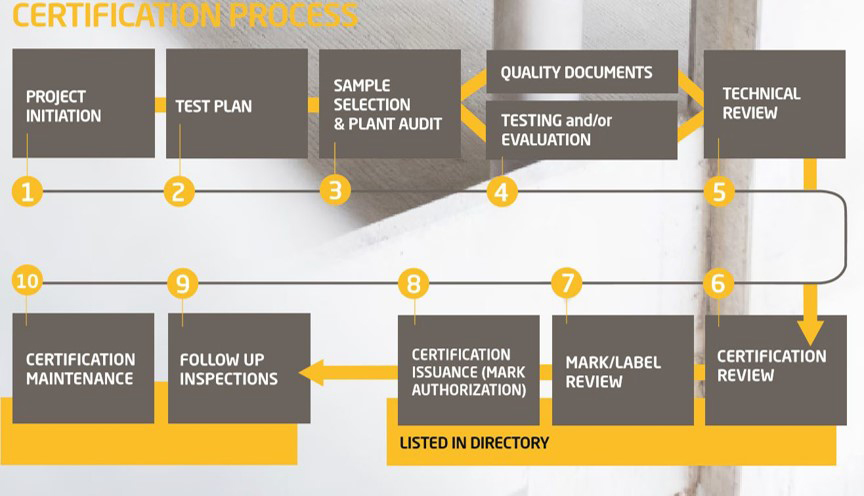Spray Foam 101
22 Jun 2021
A Guide to Testing, Certification, and Beyond
In the past few decades, the building and construction industry has seen rapid growth in the use of spray-applied polyurethane foam (SPF) insulation. Recent years have seen special committees creating standards for SPF, with multiple standards in place for physical properties, thermal resistance, fire performance, dimensional stability and more. The foam's density and cell content also impact the standards and requirements. SPFs can be assessed to these standards and certified to demonstrate compliance. Examples of the test standards include CAN/ULC S705, CAN/ULC S710, ICC 1100, and ASTM D7425.
Product certification shows that a product has been tested by an accredited third-party laboratory and has been shown to meet or exceed the criteria of the test standard. The process ensures proper quality control through ongoing follow-up inspections and verification tests by an accredited third-party agency. Certification reflects a commitment to product safety, performance, and quality to code officials, builders, and end users.
Spray foam certification is accomplished in a 10-step process. It includes test plan, testing, audit/sampling, data review, certification issuance and maintenance.

During the project initiation phase, the project engineer will work with the client to identify SPF specification and applications, target markets and the testing/certification needs for the product. Factors that can impact the project include foam type (i.e. wall, roof, etc.), open cell content (versus closed cell), density, intended application, and whether the product requires a listing, a code compliance report or both. All this information is used to create a comprehensive test plan, where the project engineer summarizes the mandatory and optional tests along with test specimen quantity and dimensions.
The SPF test specimens are then sampled/witnessed at the manufacturing facility by an approved third-party agency and are sent to the lab for testing. The qualifying audit is also conducted at the manufacturing plant during the same visit as the sampling. During the audit, details of the production process and quality control procedures are documented for developing a factory audit manual (FAM).
Next, the SPF samples are tested in accordance with the test plan. Test laboratories involved must be accredited to ISO/IEC Standard 17025. The data from these tests and related documentation such as the FAM are compiled, and the final certification deliverable is prepared and sent to the technical reviewer for approval. The certification group conducts an administrative review of the deliverable and the certification labels prior to arranging the initial factory assessment (IFA). Upon passing the IFA, the CCRR or listing is listed in the lab's directory and the manufacturer receives the a authorization to mark (ATM).
Maintenance of certification includes regular follow-up inspections, typically unannounced, following procedures in the FAM. Verification testing of selected products may be required, and products may need to be reassessed if standards and Codes are updated.
Find out more about spray foam testing and certification in our webinar recording.

Emma Amiralaei,
Engineering Manager
Emma Amiralaei is a licensed engineer in British Columbia and her role at Intertek involves assisting various manufacturers with obtaining Intertek certification and research reports, Florida Building Code validations, and Miami-Dade Code approvals. Her project experience includes various product streams, such as roofing, insulation, and siding.

Igor Radovic,
Lab Manager
Igor Radovic is a licensed professional engineer in the province of Ontario and his responsibilities include; technical oversight for guardrails, materials, fenestration and onsite testing as well as ULC Spray Foam Subtask committee participation. Igor has 8+ years of experience in the building & construction testing industry and has completed numerous spray foam evaluations over the years, including submissions to the CCMC.